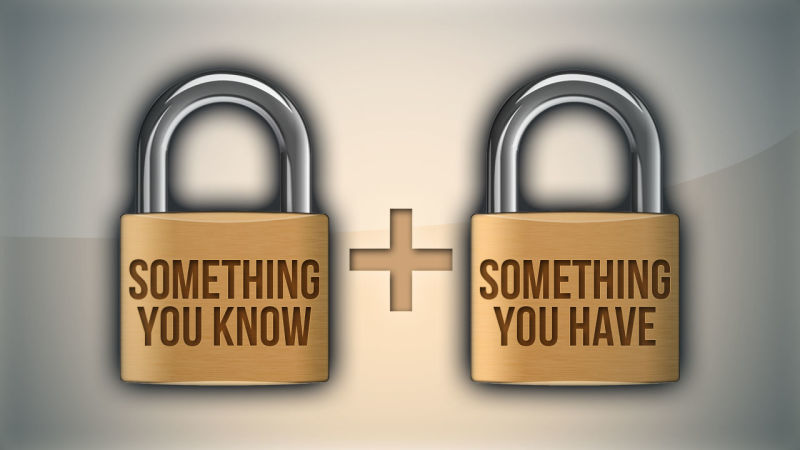
Whenever something valuable is being protected, it is common to see two or three layers of security around it. For instance, if you go into a shop that is selling valuable items, the locks on the counters are not the only thing stopping people from stealing those items. They will have alarm systems, cameras and other security measures in place.
The same should be true for online data and networks. The way companies work these days – the data and company network that your employees are logging into is your most valuable asset. Think about what could happen if that data was made public, or it fell into the hands of your competitors. It would be the ruin of your business.
While strong passwords are a good start when it comes to online security, they are not enough. Technology is now available where hackers can test billions of password combinations within a few seconds. Even on social media sites like Facebook, there are always cases of people trying to get into someone else’s account using password hacking tools.
Adding an Extra Layer of Security
Two-factor authentication is a method that will verify the identity of the user who is attempting to log into the company network. Aside from having the correct password, the user must also prove their identity through a second authentication.
A few years ago, the second factor of authentication was something like a security question. However, those are easy to guess. If it is something personal or memorable, it can be surmised. If it is a random answer, hacking tools could be in play again.
It is better to use a second authentication tool that a cybercriminal could not get their hands on. It could be a digital code that is given to all employees as they are about to log in. It could be a text message that is sent to the person’s phone number. The message would contain a code the person must enter if they want to log in.
Two-Factor Authorisation Can Be Very Convenient
Many companies balk at the inconvenient nature of having two-factor authorisation in place. But there is nothing inconvenient about logging into a company email account to retrieve a code, or looking at the text message on your phone. It would take a few seconds, and the layer of security that it provides is invaluable.
Some companies may provide hardware tokens to their employees. These pieces of hardware generate a code when the employee is logging in. They are called key fobs. The only downside is the price. Small businesses may not be able to afford something like a key fob. But a small business could still use two-factor authorisation through email or text message.
Every Option Has its Faults
While two-factor authorization can provide an extra layer of security, it is not fool proof. For instance, if someone is trying to get into your system, they may have stolen the phone of an employee. When they are attempting to log in, they would receive the text message on that stolen phone and they would get into the system.
Everything can be breached in some way. What two-factor authorisation does is make the breaching much harder to achieve. Yes, someone could steal an employee’s phone. But that is unlikely, and would be far more difficult for them to achieve as compared to remotely using a password hacker to log into the network.
It is understandable that businesses are nervous to adopt two-factor authorisation. But the process is very convenient, and employees can be educated on safe practices to ensure they are logging into the network in a secure manner.

